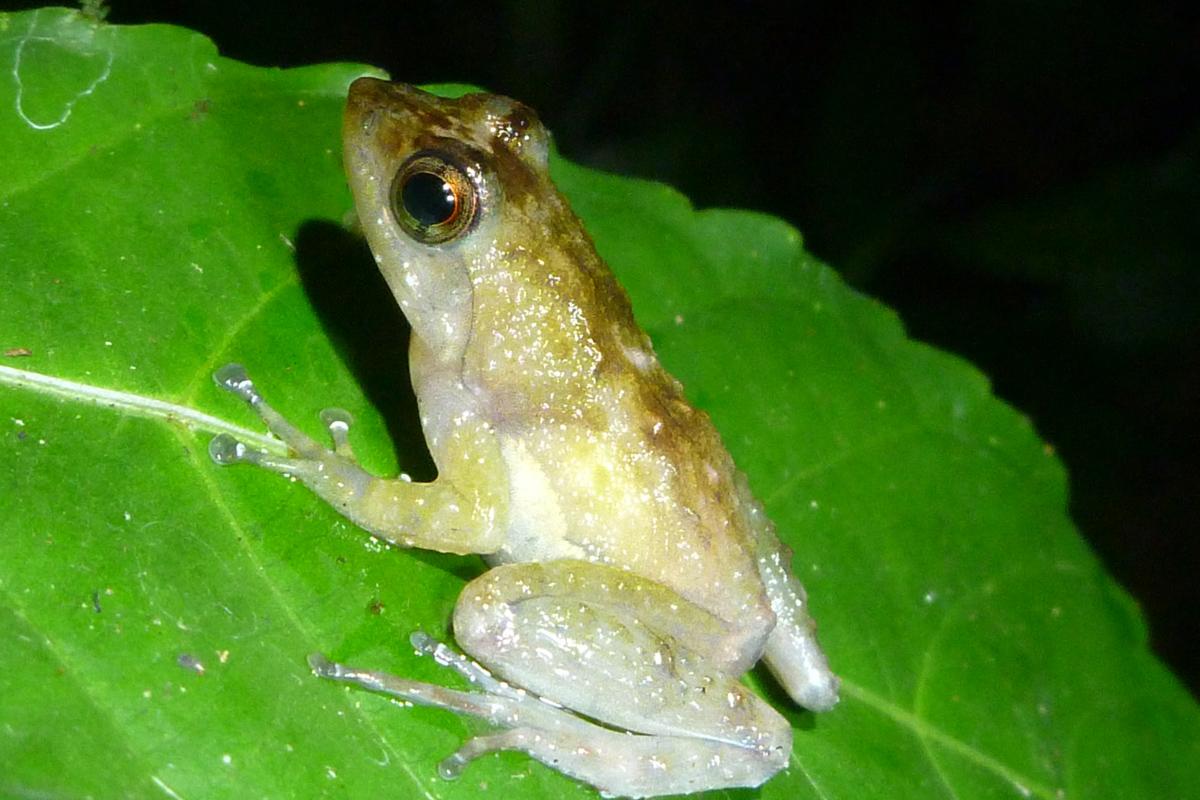An international study led by The Australian National University (ANU) has found that a fungal disease has caused dramatic population declines in at least 501 amphibian species including 90 extinctions, over the past 50 years.
The disease, which eats away at the skin of amphibians (frogs, toads, salamanders and tropical caecilians), has completely wiped out some species, while causing more sporadic deaths among other species. The deadly disease, chytridiomycosis, is present in more than 60 countries – the worst affected parts of the world are Australia, Central America and South America. The international group of researchers, including scientists from the Museum für Naturkunde, found that chytridiomycosis is responsible for the greatest loss of biodiversity due to a disease. The disease is caused by chytrid fungus, which likely originated in Asia where local amphibians appear to have resistance to the disease.
The unprecedented number of declines places chytrid fungus among the most damaging of invasive species worldwide, threatening similar numbers of species as rats and cats. Lead researcher Dr Ben Scheele said highly virulent wildlife diseases, including chytridiomycosis, were contributing to the Earth’s sixth mass extinction. “The disease we studied has caused mass amphibian extinctions worldwide. We’ve lost some really amazing species,” said Ben Scheele from the Fenner School of Environment and Society at ANU. He said more than 40 frog species in Australia had declined due to this disease during the past 30 years, including seven species that had become extinct.
Mareike Petersen and Mark-Oliver Rödel from the Museum für Naturkunde experienced the devastating impact of the fungus in their study area as well and documented the first mass extinction of amphibians in Africa. “A decline which seem to continue and which will probably lead to the extinction of many endemic frog species in Cameroon” said Petersen.
Ben Scheele argued improved biosecurity and wildlife trade regulation were urgently needed to prevent any more extinctions around the world. “Globalisation and wildlife trade are the main causes of this global pandemic and are enabling disease spread to continue,” he said. “For some species, captive keeping and breeding will be their only chance to survive”, added Rödel.
Many impacted species included in the study were still at high risk of extinction over the next 10–20 years from chytridiomycosis due to ongoing declines. It would be beneficial to predict what species are at risk to target future research and to develop conservation actions to prevent extinctions.
Ben Scheele said conservation programs in Australia had prevented the extinction of frog species and developed new reintroduction techniques to save some amphibian species. If the chytrid fungus has infested an ecosystem, it is hard to remove it. Amphibians can help the fungus to persist in an ecosystem. Since not all species are likewise affected, those resistant to the fungus might act as a reservoir and a constant source of the chytrid fungus in the environment.
Here’s the link to the paper: http://science.sciencemag.org/content/363/6434/1459
The link to the video: https://www.youtube.com/watch?v=xJme6rIBYys
Pictures you find here:
http://download.naturkundemuseum-berlin.de/presse/Pilzkrankheiten
